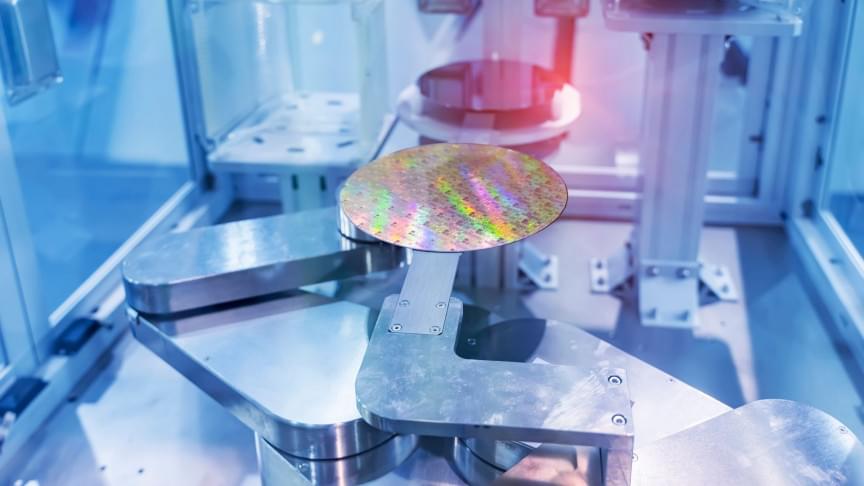Near-invisible graphene tattoos deliver high-speed and long-term continuous monitoring of blood pressure with high accuracy.
Wrapping a cuff around a patient’s arm and inflating it to measure blood pressure is one of the most routinely performed medical tests. It provides a quick and reliable assessment of cardiovascular health, as blood pressure is an independent predictor of all-cause mortality. But such arm cuffs are bulky and uncomfortable, making them impractical for continuous monitoring outside of clinics.
For this reason, researchers are developing cuffless alternatives with the goal of unlocking new possibilities for patient diagnostics and management, as well as providing new understanding of physiology. However, none of these tools has become a mainstay yet.
One option, acoustic sensors, slide during movements and are too large to be easily incorporated into untethered ambulatory sensors. Meanwhile, optical modalities such as smart watches are limited by the low penetration of light into tissues, which hinders their ability to capture haemodynamic parameters in the arteries. Studies also show that optical sensors are sometimes inaccurate when used with darker skin tones or larger wrists.






